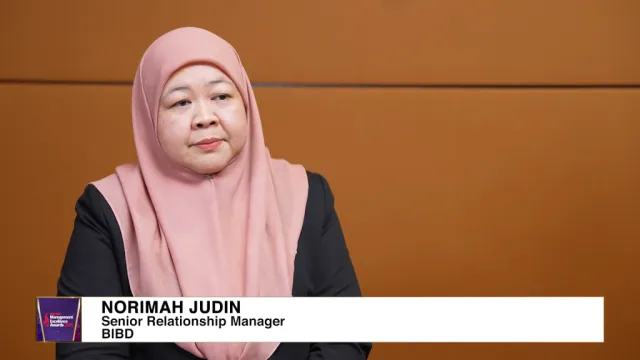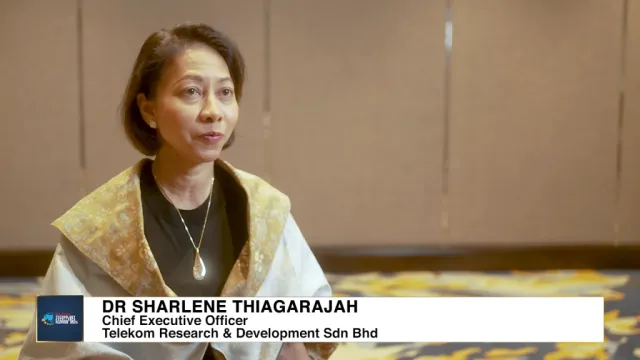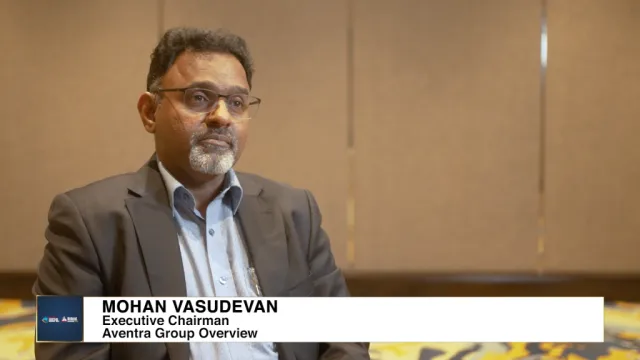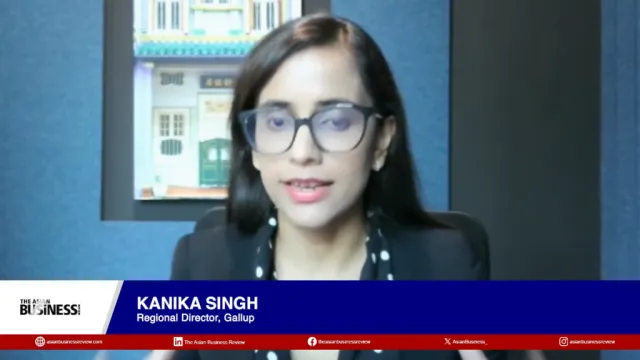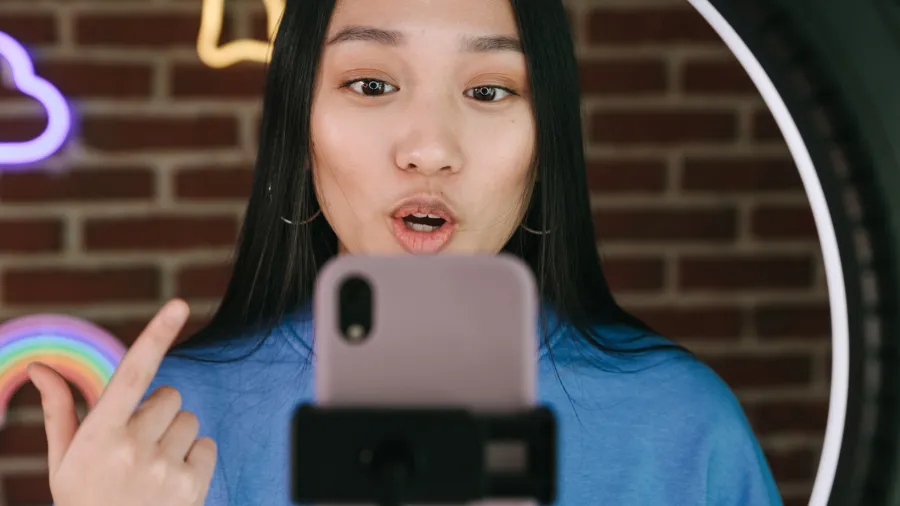
5 ways to ensure brand growth when working with micro-influencers
Businesses confirm ‘micro is mighty’ as brands make US$5.78 per US$1 spent on influencer marketing.
Micro-influencers have been a favorite of brands and rightfully so, given that they cost less, but receive higher engagement rates. E-commerce platform, Shopify, reported that 2023 is the year when brands tap more influencers with around 10,000 to 100,000 followers.
For brands to ensure growth when working with this new generation of marketing partners, marketing experts said they need to follow five rules, beginning with choosing the right micro-influencers.
Choose wisely
In choosing who to work with, Monica Hon, deputy head of Influencer Marketing of AnyMind Group Hong Kong, said it is important for brands to select those who align with their image and values. Hon said it is also important to look at the engagement rates of the micro-influence and check if it is “stable and satisfactory.”
Jude Khu, regional social media lead for Intrepid Group Asia, expressed the same sentiment. She advised brands to look for micro-influencers who maintain an “engaged and active following.”
Latest data from Spiralytics show that micro-influencers have an average engagement rate of 3.86% on Instagram, 1.64% on YouTube, and 17.96% on TikTok.
But apart from their having an engaged audience, micro-influencers considered for marketing brands must also be capable of producing quality content. “[Brands have to check] whether the influencer’s skills can fulfill campaign requirements, such as their photo-taking skills/makeup skills or styling skills,” Hon stressed.
Check cost
Next consideration which Hon and Khu agree on is cost and affordability. “Micro-influencers may have lower rates than macro-influencers or celebrities, but brands should still consider their budget when choosing which influencers to work with,” Khu said.
Based on experience, Khu said the rate of micro-influencers in Southeast Asia (SEA) ranges between HK$1,500 and HK$3,000 for photo content, depending on the campaign brief and complexity. In Asia-Pacific, micro-influencers receive a similar range in US dollars at US$200-US$250 per photo post, said Hon.
Other factors which brands should check when working with micro-influencers are their location, as well as their flexibility and attitude.
“Brands should consider working with micro-influencers who are based in the same geographic region as their target audience to ensure localized relevance and cultural context,” Khu said.
“[Brands need to check] whether the micro-influencers are willing to work with the brand in the long run and open to promoting the brand on a continuous basis, instead of a one-off collaboration,” added Hon.
Build relationships
To ensure micro-influencers promote a brand in the long run, businesses must cultivate strong relationships with them.
Brands can do this by “communicating clearly and regularly about your expectations, campaign goals, and vision,” said Khu.
“Establishing good communication with the influencer is essential to have stable and sustained collaborations. So companies should schedule regular meetings or video conference calls with the influencers they’re working with,” she added.
Likewise, Hon shared her experience on how talents “prefer clear guidance for photo-taking or video shooting.”
“Communicate the campaign brief and requirements as clearly as possible to talent but also give some flexibility for talent to create their content in order to make sure the content is authentic and fits their fans’ expectation,” Hon said.
Setting clear expectations and providing clear guidelines for a collaboration will also help brands make the most out of their partnership.
It’s also important for brands to acknowledge the contributions of their micro-influencers. To make them feel valued, Hon said brands can consider inviting micro-influencers to annual events or frequently send newly launched products to them.
“It will make the talents feel valued by the brand. They tend to share more on social media if they love and feel engaged with the brand,” Hon said.
Allow creative freedom
By providing creative freedom and not micromanaging micro-influencers, brands strengthen their relationship with their marketing partner, but more so ensure brand growth. “Allowing influencers to own their creative space inspires them to create better and compelling content,” Khu said.
Hon also believes that giving talents freedom and flexibility allows for more authentic and potentially viral content. “Overcontrolling a micro-influencer content creation process may compromise the authenticity of the content,” she said.
Evaluate
Numbers are a measurement of growth, thus brands always have to track the metrics of the micro-influencers they work with.
These metrics include engagement rates, impressions, and conversions. Generally, brands make US$5.78 (HK$45) per $1 (HK$7.80) spent on influencer marketing.
“Evaluate the campaign performance and make sure to select the right influencers for future campaigns,” Hon advised.
Post-campaign, Khu said brands must also “check-in” on their micro-influencers “to build a long-term relationship that benefits both parties.”
Micro but mighty
Whilst having a smaller audience, micro-influencers’ authenticity as niche experts make them valuable to brands looking to connect with a specific audience.
“Micro-influencers have a more targeted following,” Khu said. “They can be particularly effective in reaching a specific audience and driving engagement within that community. For example, a micro-influencer who specializes in healthy eating could be an excellent choice for a startup selling organic food products.”
“You could pay $10,000 (HK78,000) for one post from a macro influencer, or you could invest the same into a campaign with 20 micro-influencers to reach a more targeted and engaged audience,” she added.
For her part, Hon said micro-influencers are “more relatable” than celebrities or mega key opinion leaders (KOLs).
“They frequently engage with followers, reply to their comments or enquiries. Audiences are more willing to connect with micro-influencers as their online friends,” Hon said.
Another perk of working with micro-influencers is that they provide brands a greater level of flexibility. “They often have less strict contracts, posting requirements, or image standards, which can make it easier to collaborate with them on campaigns,” Khu said.
Micro-influencers are also flexible in the way that they are more willing to try out different brands.
“From anonymous brands to well-known brands in order to get more exposure and create different content through different partnerships, where they can, at the same time, build up their profiles,” Hon said.

 Advertise
Advertise
